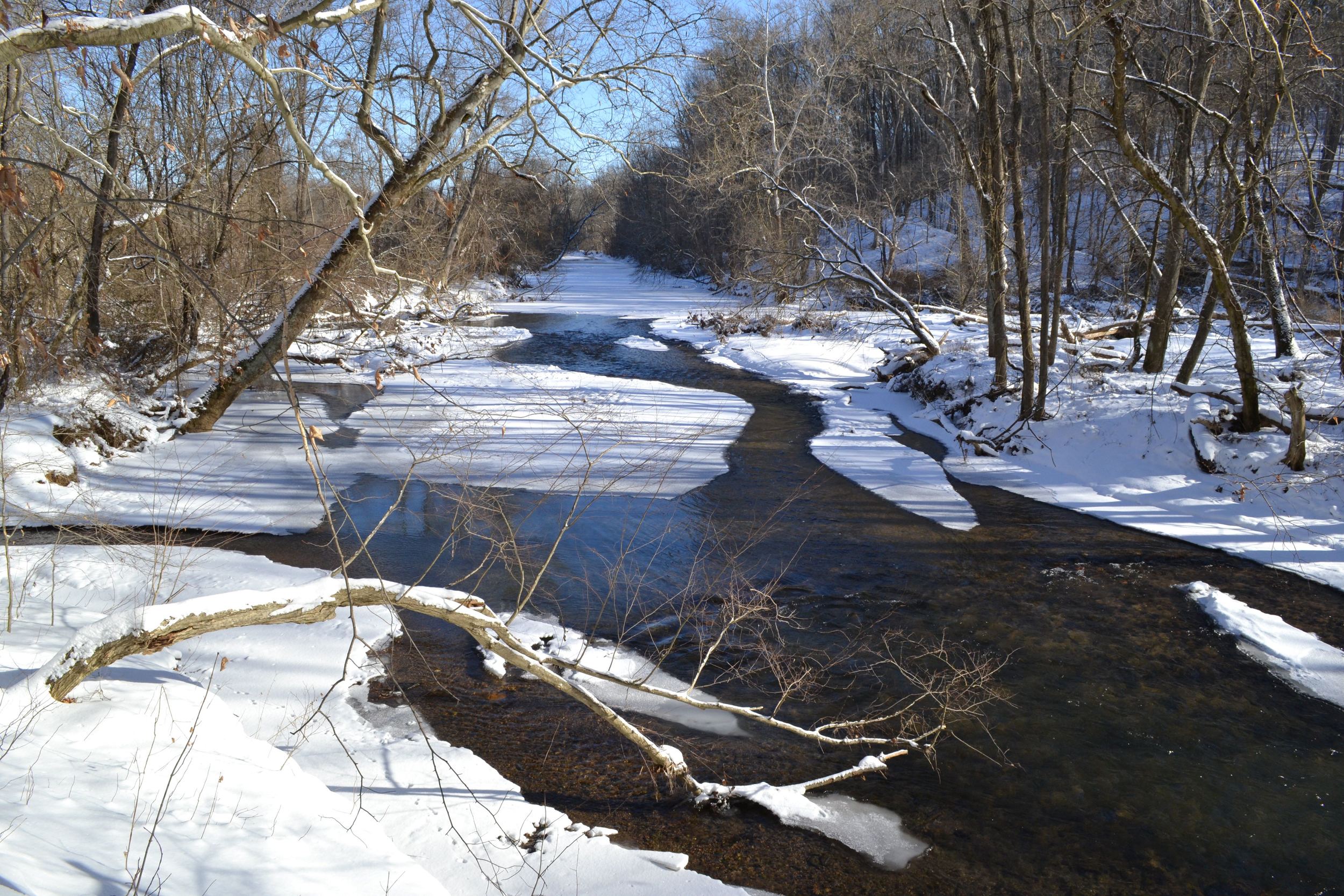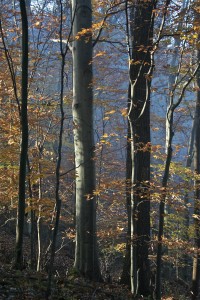 The White Clay Creek is unique in that it was the first Wild and Scenic River to be protected on a watershed basis rather than just focusing on a section of the river. This approach takes into consideration the variety of influences outside the river corridor that affect river habitat and water quality. White Clay Creek is a 107square-mile watershed, containing approximately 200 stream miles, primarily made up of small order streams on private lands. In order to adequately safeguard river habitat and water quality for future generations, it made sense to ensure the protection of these smaller headwater streams and tributaries, which are highly influenced by local land uses.
The White Clay Creek is unique in that it was the first Wild and Scenic River to be protected on a watershed basis rather than just focusing on a section of the river. This approach takes into consideration the variety of influences outside the river corridor that affect river habitat and water quality. White Clay Creek is a 107square-mile watershed, containing approximately 200 stream miles, primarily made up of small order streams on private lands. In order to adequately safeguard river habitat and water quality for future generations, it made sense to ensure the protection of these smaller headwater streams and tributaries, which are highly influenced by local land uses.
Rivers such as the White Clay Creek that run through private lands rely on the “Partnership” Wild and Scenic River model of river management. Only 12 rivers (less than 6% of all Wild and Scenic Rivers) are managed as Partnership Wild and Scenic Rivers including Farmington River in Connecticut, the Musconetcong and Great Egg Harbor Rivers in New Jersey, the Lower Delaware River in New Jersey and Pennsylvania and the Wekiva River in Florida.
Yet this model has proven to be very successful.Partnership Rivers have a proven track record of being a cost effective and efficient way to protect private lands rivers. In fact, Partnership Rivers received the highest grades for compliance with the Wild and Scenic Rivers Act and river protection from the Wild and Scenic Rivers Task Force. In 2007 Harvard University’s Ash Institute for Democratic Governance and Innovation honored the Partnership program as a top innovation exemplifying public and private partnerships.
Successes? To highlight some of our successes, since 2005, the White Clay Wild and Scenic Steering Committee has on average, matched our federal funds 1:1. In other words, every dollar of federal funds received has been matched 100% over the past decade. In fact, just in the past two years we have seen an even greater match of 1:2.
Simply put, the federal funds we receive get put to good use. They are put towards landowner-supported conservation easements, best management practices such as stormwater basin retrofits and manure management practices, dam removal, reforestation, and education and outreach efforts that are supported by our local partners. Our partners include municipalities, water utilities, state and county agencies, other non-profits, private donors, and of course local citizens and Steering Committee members who volunteer their time.
Perhaps the biggest success is our Open Space program. Since our designation in late 2000, we have preserved just under 2000 additional acres of land valued at $26 million at a cost of just $127,500 in federal funds. Our reforestation program, initiated in 2010, has planted 7,500 trees, or 24 riparian acres, at a cost of $12,442 in federal funds. This past year White Clay Wild & Scenic Steering Committee supported the University of Delaware’s Water Resources Agency with the first documented dam removal in the State of Delaware. The dam was also the first to be removed for shad restoration along the White Clay Creek.
Finally, in December of 2014, nine additional stream miles were added to the White Clay Creek’s Wild and Scenic designation, bringing the total designated stream miles to 199. These two additional stream segments will now receive the same protection as the original 190 miles in terms of federal assistance for any water resource projects that may pose a potential adverse impact to the creek or its resources.
Our Wild & Scenic partnership first gained the support of the two local municipalities containing the stream segments no longer deemed necessary for future water supply. Then, we found champions in the Senate and House to sponsor the legislation to include these new stream segments. This support enabled us to expand protection for our river with no federal land acquisition and at no cost to taxpayers. How is that not a win-win?
*This post was originally published by American Rivers. To learn more about American Rivers please visit their website at www.AmericanRivers.org.

